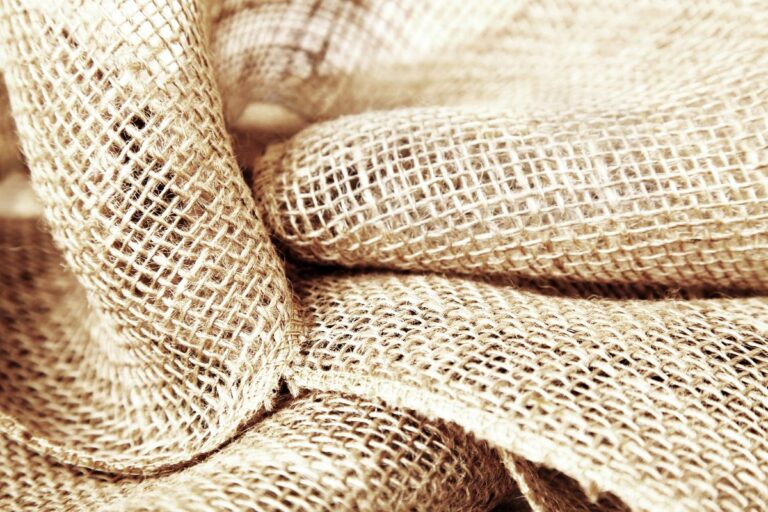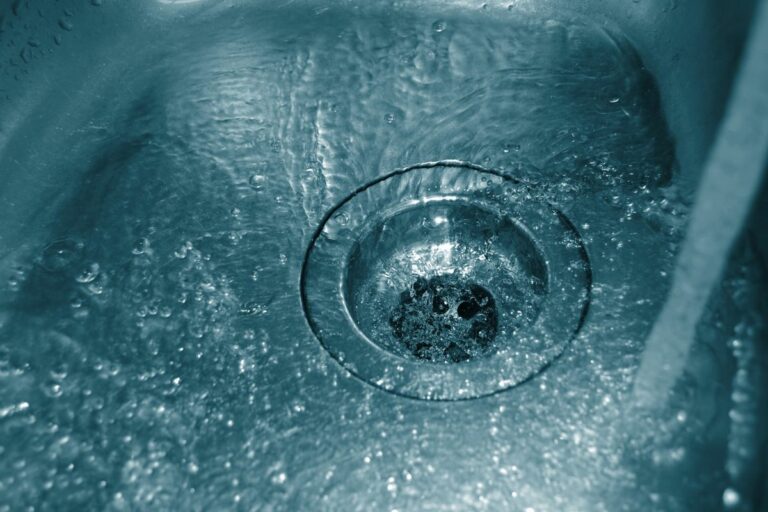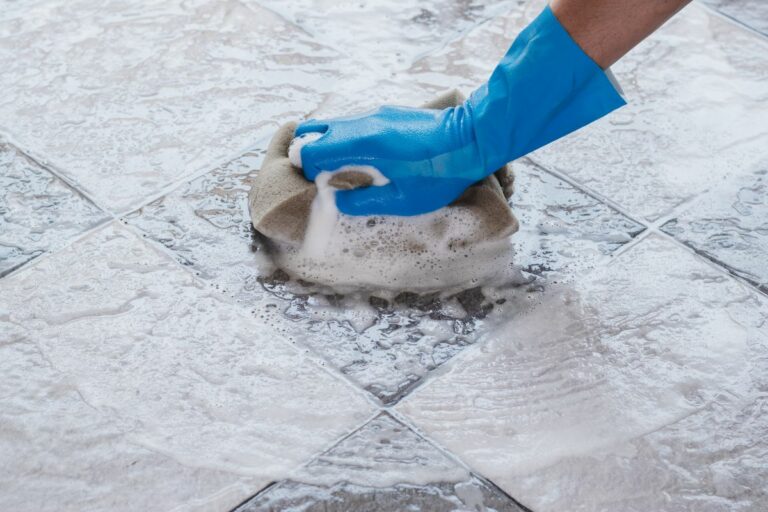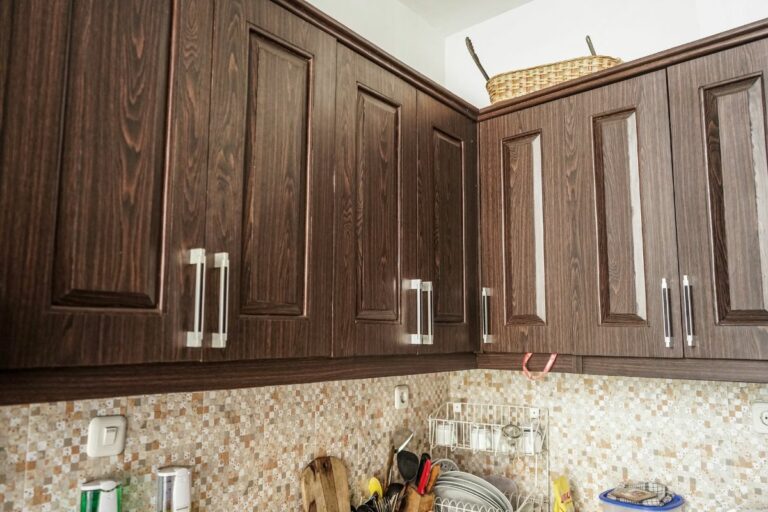Say Goodbye to Rat Urine Smell on Wood: Proven Techniques
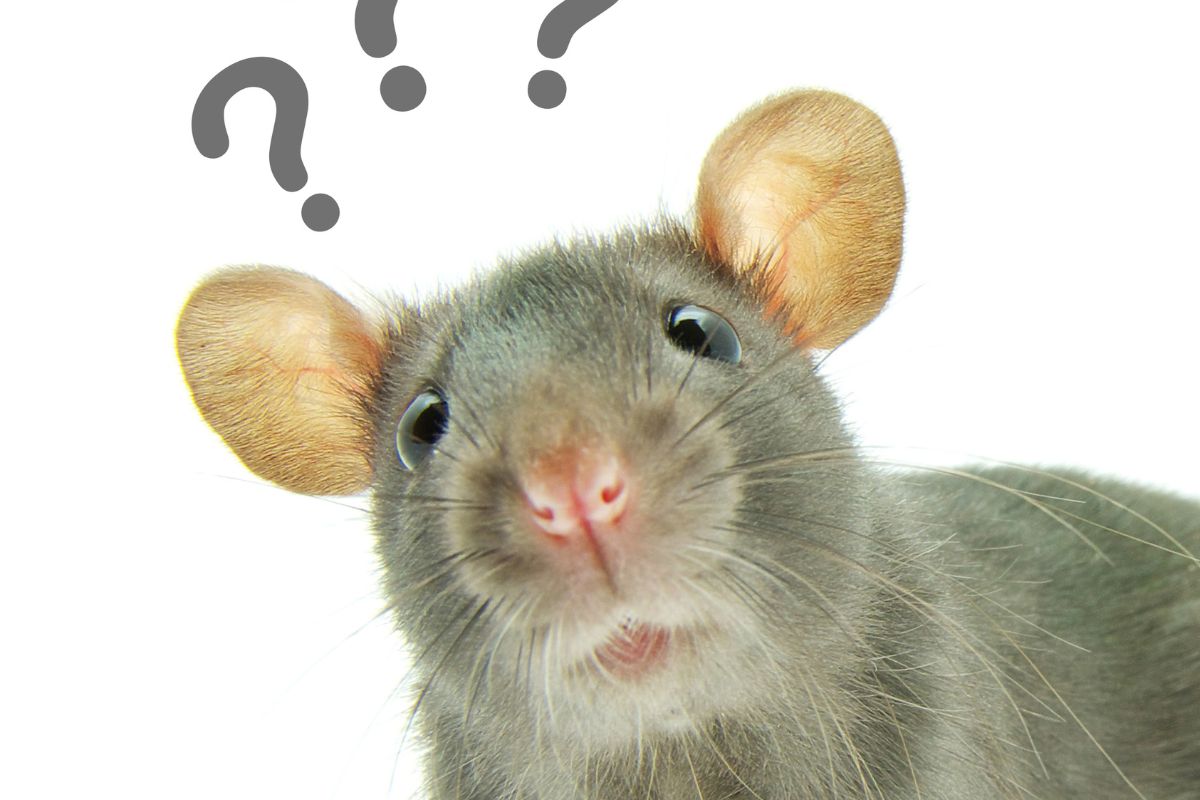
Are you tired of that disgusting rat urine smell on your wood? We know how frustrating and irritating it can make your home a smelly nightmare. But fear not! We’ve got the solution you’ve been looking for.
It’s time to say goodbye to that horrid odor once and for all. Our proven techniques are highly effective in cleaning up mouse urine and removing all traces of it. With the power of bleach, vinegar, and Lestoil, your home will smell fresh in no time! Trust us; you want to take advantage of these solutions.
Stay tuned as we dive deeper into the whys and hows of these cleaning methods in our upcoming article sections. We’ll show you not only how to eliminate the unpleasant smell but also how to prevent it from coming back. Let’s restore the comfort and cleanliness of your home together!
In this article..
- Identifying Rat Urine Odor on Wood: Signs and Symptoms
- Pre-Cleaning Steps: Clearing the Rat Infestation and Sealing Entry Points
- Choosing the Right Cleaning Solutions: Bleach, Vinegar, and Lestoil
- Techniques for Removing Rat Urine Smell with Bleach
- Utilizing Vinegar to Neutralize Rat Odor on Wood Surfaces
- The Power of Lestoil for Deep Cleaning and Disinfecting Wood
- Additional Solutions: Baking Soda, Enzymatic Cleaners, and Odor Absorbers
- Prevention Tips: How to Keep Rats Away and Maintain a Fresh Home
Identifying Rat Urine Odor on Wood: Signs and Symptoms
Rat urine on wood smells strongly of ammonia and can indicate a rodent infestation.
Rats love to nest in wooden structures, and their urine and feces can leave a distinctive smell that’s hard to ignore. Here are some signs and symptoms to look for:
- Strong ammonia odor: Rat urine has a strong ammonia-like smell that can be overwhelming, especially in enclosed spaces.
- Musky odor: In addition to the ammonia odor, rat urine can also have a musky smell that’s more subtle but still noticeable.
- Droppings: Look for small, black, pellet-like droppings around the wooden structures. Rats will often deposit their feces and urine as they move around.
- Gnawed holes: You may see gnawed holes in the wood or other materials around the wooden structures.
- Rub and gnaw marks: Rats will leave rub marks on surfaces where they frequently travel and bite marks on anything they can chew, including wood.
- Rodent runways: Rats take these routes when moving around your property. They may be visible as greasy tracks along walls or other surfaces.
- Nests: Rats will build nests in secluded areas like attics, crawl spaces, and between walls.
If you suspect that you have a rodent infestation, it’s essential to take action right away. The longer you wait, the more damage these pests can do to your property and the harder they will be to get rid of.
To remove the rat urine smell from wood, you can try the following steps:
- Clean and disinfect: Use a solution of water and vinegar or bleach to clean the affected areas. This will help remove the urine and disinfect the surfaces.
- Deodorize: Use a commercial odor eliminator or natural deodorizer like baking soda to help neutralize the odor. You may need to repeat this step multiple times.
- Replace: If the wood is too damaged or the odor is too strong, you may need to replace the affected areas thoroughly.
Pre-Cleaning Steps: Clearing the Rat Infestation and Sealing Entry Points
Clear the rat infestation and seal entry points before pre-cleaning to prevent further damage. Once rats’ entry points are located, seal them and use traps to eliminate them. Hiring a professional rodent control service is the first step to solving the problem.
Inspect regularly for signs of a rodent infestation. Droppings, urine smells and stains, gnaw marks, burrows, grease marks, runways, nests in the insulation, tracks, and other signs can lead you to the entry points, which need to be sealed off.
To prevent rats, seal all gaps and holes larger than 1/4 inch with materials like steel wool or cement. Use heavy-duty screens to cover vents and openings more significantly than that.
Professional equipment like UV black lights, air purifiers, and deodorizers can remove the rat urine smell entirely. Deep cleaning surfaces with water and vinegar for 30 minutes will reduce the scent. Additionally, steam cleaning or pressure washing the affected areas can help. Wood is more porous and may need more deep cleaning than other materials.
Hard surfaces, such as floors or countertops, can be cleaned with a 50-50 mix of water and bleach. Protective gloves should be worn when cleaning as the urine contains pathogens. Avoid areas where urine has penetrated deeply, such as inside antique wooden furniture, because it may require professional assistance for complete cleaning.
Choosing the Right Cleaning Solutions: Bleach, Vinegar, and Lestoil
Choosing the proper cleaning solutions, like bleach and vinegar, is essential for removing rat urine smells from wood. The CDC recommends using a bleach solution or EPA-registered disinfectant to thoroughly wet urine and droppings, then letting them soak for 5 minutes or as instructed.
Dive deeper into the cleaning solutions:
Bleach
- Mix 1 part bleach with nine parts water for an effective solution.
- Orkin suggests dampening rat urine, droppings, and nesting material with a commercial disinfectant or bleach and water mixture.
- A 90% water and 10% chlorine bleach solution can clean rats and traps.
- Always wear gloves and a mask while handling bleach.
Vinegar
- Vinegar helps break up enzymes in the urine, eliminating odors.
- It is a safe, natural alternative to chemical disinfectants.
- Mix equal water and white vinegar, then spray or wipe onto the affected wood area.
- Allow sitting for a few minutes before wiping clean.
Techniques for Removing Rat Urine Smell with Bleach
Mix ¼ cup of bleach with 2½ cups of water and pour it into a sprayer. Blot wet urine with paper towels before using the solution. Spray the area with the bleach solution until very damp and let it soak for 5 minutes. Wipe up with paper towels and disinfect.
Using a vinegar and water mixture can be an effective bleach alternative. It dissolves the urine and deodorizes the area. Let it soak for 30 minutes before blotting it with a soft cloth. Mix equal parts of water and vinegar and spray the urine-affected area.
Avoid using ammonia-based cleaners, as they make the smell of urine worse. Instead, use enzyme-based cleaners that break down the urine and eliminate the odor. Most pet stores carry an enzyme cleaner designed for pet urine and stains.
For deep cleaning, consider renting a steam cleaner. Steam cleaners eliminate urine smell from fabric, carpets, and upholstery. Steam cleaning the area can also help to reduce the likelihood of the rats returning to the same spot.
Utilizing Vinegar to Neutralize Rat Odor on Wood Surfaces
To neutralize rat odor on wood surfaces, vinegar is an effective and natural solution. First, fill a small spray bottle with a 50:50 mixture of vinegar and water. Spray and wipe all characters in the affected area once a week to eliminate the odor. Here are some helpful tips for using vinegar in this process:
- Locate the source: First, find the areas with rat droppings, smear marks, or activity. Place cotton balls soaked in white vinegar near these spots to help absorb the odor quickly.
- Air it out: Open all windows to assist in ventilation and place bowls of odor-absorbing substances, such as coffee grounds, baking soda, or charcoal briquettes, throughout the house. Replace the contents of the bowls every few days until the smell is gone.
- Consistency is critical: For stubborn or lingering odors, continue using the vinegar spray once a week to maintain a fresh and clean atmosphere in your home.
While vinegar may smell unpleasant, its odor-absorbing properties are ideal for tackling rat odors on wood surfaces. With consistent use and the proper techniques, vinegar can effectively neutralize these unpleasant odors and create a clean and comfortable environment in your home.
The Power of Lestoil for Deep Cleaning and Disinfecting Wood
This concentrated, multi-purpose cleaner can tackle tough stains on wood surfaces. With proper dilution and application, it effectively removes water-based and oil-based stains, such as tar and fresh paint.
Lestoil works well for deep cleaning wood surfaces due to its powerful formula. When using Lestoil for cleaning, remember these tips:
- Dilute Lestoil properly: Mix one-quarter cup of Lestoil with a gallon of water for general cleaning.
- Rinse as needed: After applying the Lestoil solution, rinse the wood surface with clean water to avoid residue.
- Use full strength for stubborn stains: For tougher stains like oil, apply Lestoil directly, but rinse immediately to prevent damage.
While Lestoil is effective for cleaning and disinfecting wood, it must be used cautiously. This powerful cleaner could cause discoloration or damage if not diluted correctly or left on the surface for too long. Always test a small, inconspicuous area before applying Lestoil to a larger surface.
Additional Solutions: Baking Soda, Enzymatic Cleaners, and Odor Absorbers
Additional solutions to remove rat urine smell from wood include baking soda, enzymatic cleaners, and odor absorbers. These methods eliminate lingering odors on wood surfaces and keep your space fresh.
Baking soda is a natural and inexpensive way to remove rat urine odor. It works by absorbing the unpleasant smell and neutralizing it. To do this, sprinkle a generous amount of baking soda on the affected wood surface and leave it overnight. Vacuum up the baking soda the next day, and the odor should be significantly reduced.
Enzymatic cleaners are another effective solution for removing rat urine smell from wood surfaces. These cleaners contain enzymes that break down the proteins found in urine, eliminating the odor. They are commonly used for pet stains and can be found at pet stores or online retailers.
To use an enzymatic cleaner, follow the product’s instructions, which usually involve applying the cleaner on the affected area, letting it sit for a specific amount of time, and then wiping it off.
Odor absorbers help to capture and neutralize bad smells. Some popular options include:
- Coffee grounds: Place used coffee grounds in a container and set it near the affected area. Replace the floors every few days until the odor dissipates.
- Activated charcoal: This can be purchased in bags or as loose powder. Please place it in a container or sprinkle it directly on the affected surface for a few days. Replace the charcoal as needed.
- Baking soda: Besides cleaning, baking soda can also be an odor absorber. Place an open box of baking soda in the room, or fill small containers with baking soda and place them near the affected area.
Taking a multi-faceted approach and using various methods for odor removal may yield the best results. Remember, if your sense of smell is affected by an infection, rinsing your nose with a saltwater solution may help alleviate the issue.
Prevention Tips: How to Keep Rats Away and Maintain a Fresh Home
The key is to stay proactive and vigilant to avoid attracting rats in the first place. Here are some practical tips to help you keep your home rat-free and fresh:
- Seal all entry points: Triangle Pest Control suggests sealing all potential entry points around your home. This includes cracks, holes, and gaps in walls, doors, windows, and pipelines.
- Keep food in sealed containers: Leftovers, pet food, and any other edible items should be stored in thick, airtight containers to discourage rats from seeking food sources in your home.
- Maintain cleanliness inside and outside the home: Vortex Pest Control recommends regular cleaning and maintenance. Make sure to wipe down countertops and clean up spills immediately. Remove clutter and debris inside and outside to prevent nesting opportunities for rats.
- Take care of your yard and garden: Keep your yard clean, trimmed, and overgrowth-free. Smith’s Pest Management advises moving objects away from walls, as these can be hiding places for rats. Trim trees and bushes away from the house to eliminate potential access points.
- Reduce water collection: Fix any leaks and consider using dehumidifiers to minimize excess moisture. Reduce water accumulation in the yard by regularly emptying containers and maintaining proper drainage.
Repair and block gaps: Positive Pest Management suggests fixing gaps under doors or windows to keep rats from entering your home.




